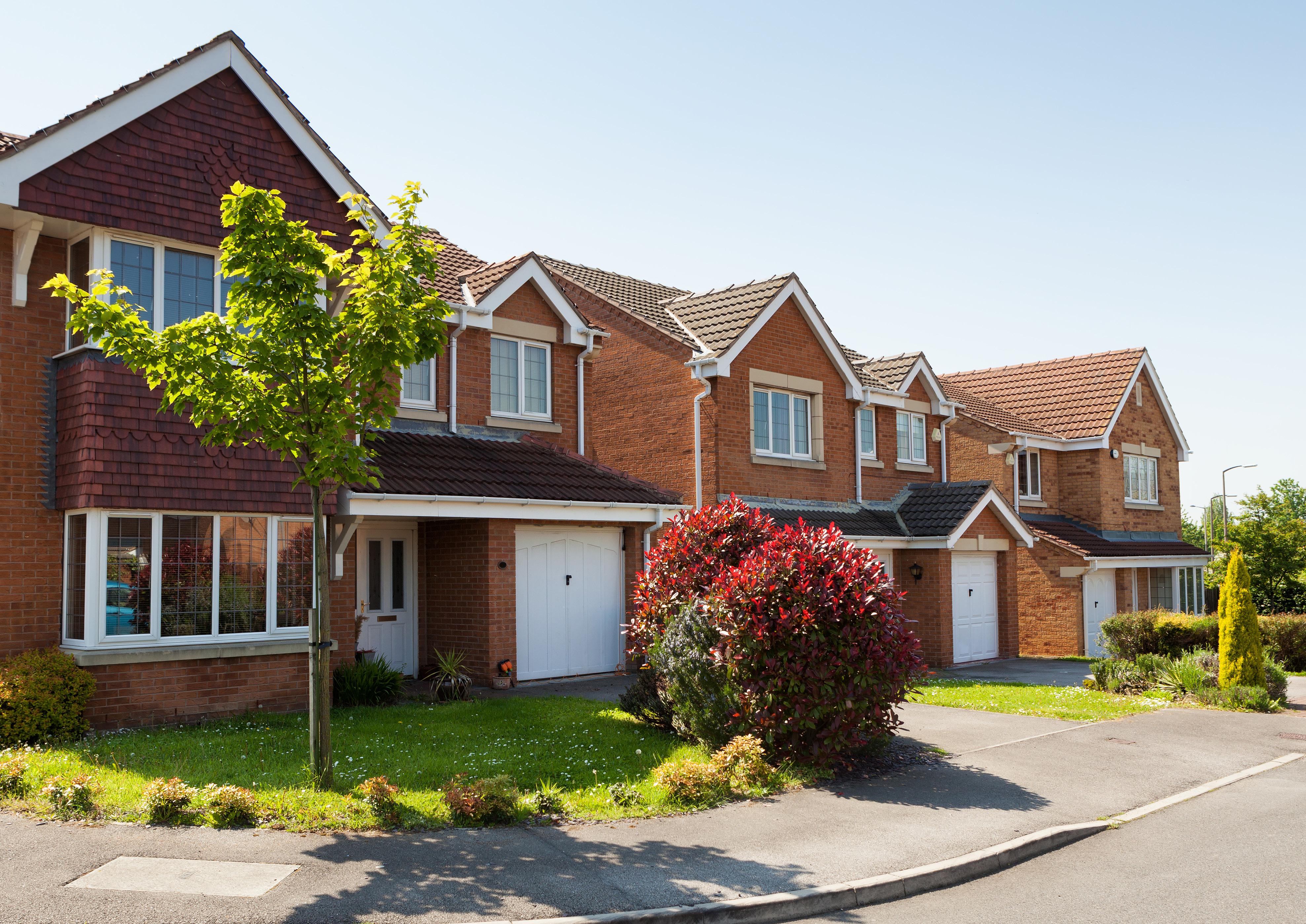

Northern Ireland Housing Market Update
Housing market overview: Q1 2023
Sales Rentals
£197,800
*Excludes New Homes
Prices by houses and apartments
Jordan Buchanan, Chief Operating Officer at PropertyPal commented on the housing market:
£141,200 Houses
£203,700
The housing market commenced the year with a solid performance, exhibiting more ‘normal’ levels of activity reminiscent of pre-COVID-19 levels. While this may seem considerably slower compared to the last two years’ frantic pace, the underlying data suggests a stable market despite prevailing economic challenges.
Market activity in January and February showcased a more cautious approach from both buyers and sellers, likely a result of residual effects from the economic turbulence in late 2022, including the mini-budget’s volatile impact. However, as economic conditions stabilise and forecasts improve for the year, a notable uptick in home sales was observed in March. Indeed, sales during the month exceeded the pre-COVID-19 average by 4% and properties transacted approximately one week faster than usual.
Regarding pricing, properties that are accurately valued continue to attract significant interest, as evidenced by high levels of user engagement and enquiries to agents via PropertyPal. Over the last three months, average listed prices experienced a growth of 1.6%, or an 8.1% increase over the past 12 months. As broader inflationary pressures are anticipated to ease in the coming months, it is expected that house price inflation will also decelerate.
In relation to interest rates, stronger-than-anticipated inflation and wage data within the UK market might prompt the Bank of England to implement a further 0.25% base rate increase next month. Nevertheless, numerous lenders have already factored this in, and a more stable, confident lending environment has led to increased competition for business. Additionally, the robust performance of the labour market has also contributed to the housing market’s resilience. A combination of these factors and a projected improvement in the economic mood, may see the housing market momentum continue in the coming period.
House prices by number of bedrooms
Houses
Apartments
House prices across Northern Ireland
Derry City & Strabane Causeway Coast & Glens
N.Ireland prices: Q1 2023
New Homes
£235,000
Houses
£237,000
Apartments
£220,300
Sale agreed properties
No. of ‘sale agreed’ properties by quarter, N.Ireland, 2016-2023
Market confidence returning with strong sales in March
Top selling areas across Northern Ireland
Average days on market to reach ‘sale agreed’, N. Ireland, 2016-2023
Apartments Houses
Note:
Average days on market for houses to reach ‘sale agreed’
Average days on market for apartments to reach ‘sale agreed’
New listings on PropertyPal
Location of advertised sales properties
5,079
newly listed properties available to purchase in Q1 2023
4,553 houses 526 apartments
New inventory % change vs Q1 2022 vs Q1 2019
Total inventory % change vs Q1 2022 vs Q1 2019
Market demand remains strong but supply a persistent challenge
Market Supply: down 14% on Q1 2022 levels
Number of new listings of properties for sale on PropertyPal by calendar month; 2015-2022
Market Demand: down 21% on 2022 levels but 65% higher than 2019 levels
PropertyPal Sales Market Demand Index: Down 7% Year over Year
Note: Market demand based on enquiries to estate agents for property viewings and homebuyer services. Jan 2020 = 100 compared every monthly time period across different years relative to that period. When a figure highlights 120, this implies a 20% increase relative to Jan 2020 and equally a respective figure of 80, implies a 20% decrease.
Proportion of
Listings experiencing price drops similar to historic norms
Proportion of properties listed for sale with asking price reductions during quarter, N.Ireland, 2016-2023
N.Ireland rents: Q1 2023
Rents by houses and apartments
Jordan Buchanan, Chief Operating Officer at PropertyPal commented on the rental market:
The rental market continues to experience exceptional demand against the enduring backdrop of restricted supply. In the first quarter of this year, there were approximately 45% fewer rental properties advertised on PropertyPal compared to 2019 levels. However, enquiries sent to estate agents for available properties have reached multi-year highs. This imbalance has created compounding pressures, as reflected in strong rates of rental price inflation, which grew by 2.4% in the past three months and 9.1% over the previous 12 months.
Before the COVID-19 pandemic, PropertyPal typically generated 15-20 enquiries per rental property advertised. In stark contrast, the current rate stands at approximately 55-60 enquiries per property. While a cooling inflationary environment may lead to a deceleration in the rate of rental inflation, the persistent structural imbalance suggests that a significant slowdown is unlikely in the near future. Consequently, tenants may need to allocate a larger portion of their income towards paying their rent.
A substantial supply uplift across all housing tenures is crucial to alleviate the ongoing pressures in the rental market.
Rents by number of bedrooms
Apartments
Rents across Northern Ireland
Derry City & Strabane Causeway Coast & Glens
Apartments Houses
Average days on market to reach ‘let agreed’, N. Ireland, 2016-2023 Note: Based
Average days on market for houses to reach ‘let agreed’
Average days on market for apartments to reach ‘let agreed’
New listings on PropertyPal
Location of advertised rental properties
newly listed properties available to rent in Q1 2023
2,435 houses
1,669 apartments
inventory % change vs Q1 2022 vs Q1 2019
Rental market - Supply demand imbalance persists
Number of new listings of properties for rent on PropertyPal by calendar month; 2015-2022
Market Supply: down 6% on Q1 2022 levels
PropertyPal Rental Market Demand Index: Up 22% Year over Year
Market Demand: up 9% on 2022 levels and multi-year high
Note: Market demand based on enquiries to estate agents for property viewings and homebuyer services. Jan 2020 = 100 compared every monthly time period across different years relative to that period. When a figure highlights 120, this implies a 20% increase relative to Jan 2020 and equally a respective figure of 80, implies a 20% decrease.

